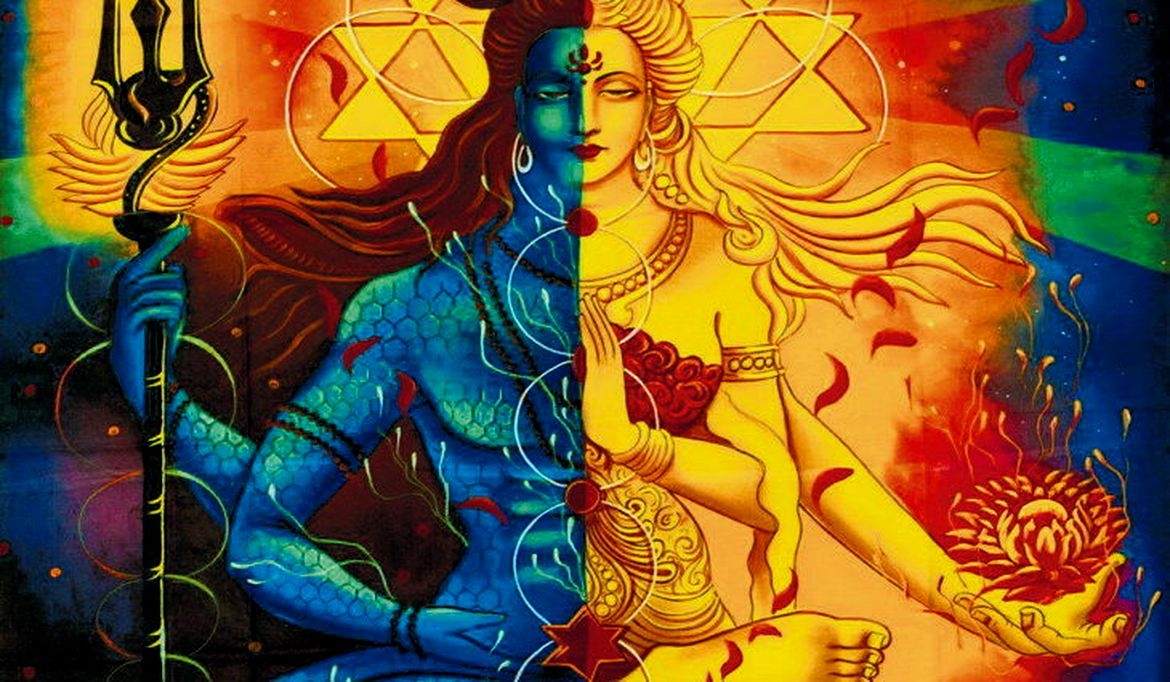Emptiness Is The Most Misunderstood Word
Not only we but in Buddhism also Emptiness Is The Most Misunderstood Word in Buddhism.
“Emptiness” is a central teaching of all Buddhism, but its true meaning is often misunderstood. If we are ever to embrace Buddhism properly, we need to be clear about emptiness, since a wrong understanding of its meaning can be confusing, even harmful. The third century Indian Buddhist master Nagarjuna taught, “Emptiness wrongly grasped is like picking up a poisonous snake by the wrong end.” In other words, we will be bitten!
Emptiness is not complete nothingness; it doesn’t mean that nothing exists at all. This would be a nihilistic view contrary to common sense. What it does mean is that things do not exist the way our grasping self supposes they do. In his book on the Heart Sutra the Dalai Lama calls emptiness “the true nature of things and events,” but in the same passage he warns us “to avoid the misapprehension that emptiness is an absolute reality or an independent truth.” In other words, emptiness is not some kind of heaven or separate realm apart from this world and its woes.
The Heart Sutra says, “all phenomena in their own-being are empty.” It doesn’t say “all phenomena are empty.” This distinction is vital. “Own-being” means separate independent existence. The passage means that nothing we see or hear (or are) stands alone; everything is a tentative expression of one seamless, ever-changing landscape. So though no individual person or thing has any permanent, fixed identity, everything taken together is what Thich Nhat Hanh calls “interbeing.” This term embraces the positive aspect of emptiness as it is lived and acted by a person of wisdom — with its sense of connection, compassion and love. Think of the Dalai Lama himself and the kind of person he is — generous, humble, smiling and laughing — and we can see that a mere intellectual reading of emptiness fails to get at its practical joyous quality in spiritual life. So emptiness has two aspects, one negative and the other quite positive.
Ari Goldfield, a Buddhist teacher at Wisdom Sun and translator of Stars of Wisdom, summarizes these two aspects as follows:
The first meaning of emptiness is called “emptiness of essence,” which means that phenomena [that we experience] have no inherent nature by themselves.” The second is called “emptiness in the context of Buddha Nature,” which sees emptiness as endowed with qualities of awakened mind like wisdom, bliss, compassion, clarity, and courage. Ultimate reality is the union of both emptinesses.
Tags: Become Empty










